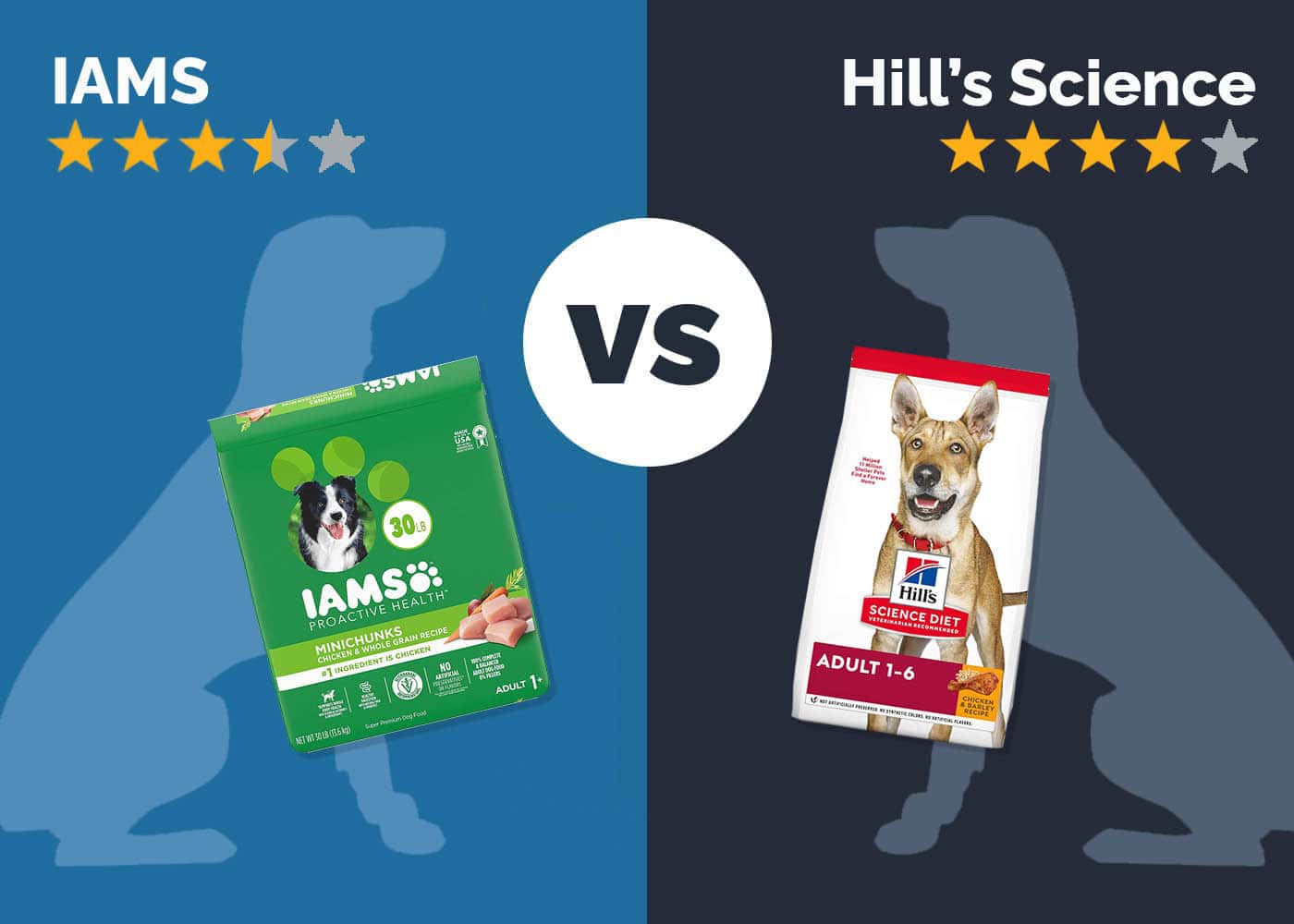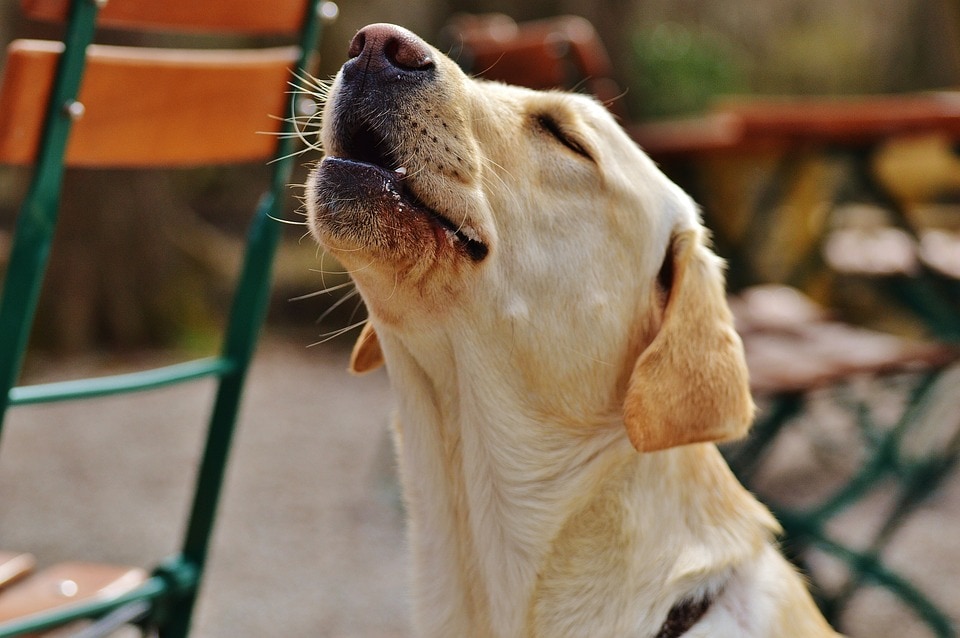5 Consequences of Inbreeding in Dogs: Vet-Reviewed Inherent Problems Explained
Updated on
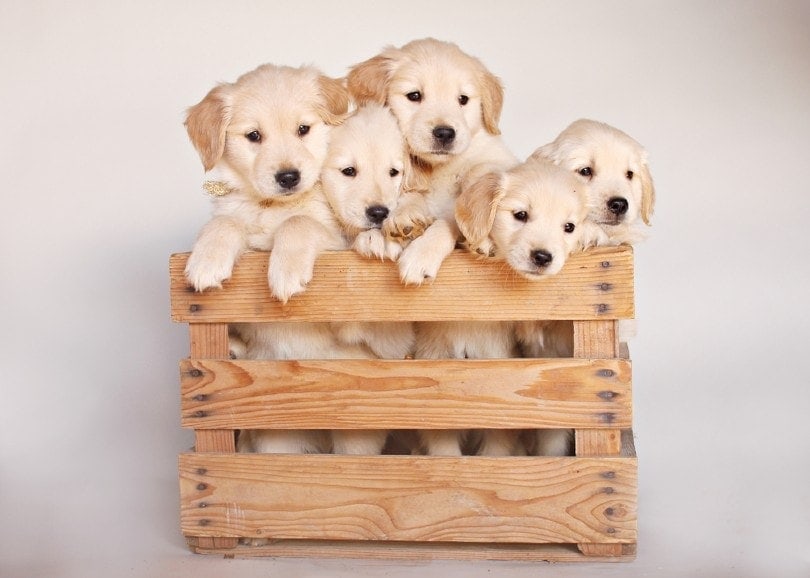
It’s likely we’ve all heard about the adverse outcomes that occur with human inbreeding. In fact, there are laws against inbreeding in most countries around the world, but there aren’t any laws preventing it with dogs.
It’s often said that mutts are much healthier than pedigree dogs because of inbreeding, but is this actually true? We’ll explore the ins but mostly outs around the subject of inbreeding dogs and the consequences when humans interfere.
There are many scientific terms and explanations related to inbreeding floating around out there. However, we’re going to keep this article as simple as possible.
What Exactly Is Inbreeding?
Before we begin, we need to have a better understanding of inbreeding. In a nutshell, inbreeding is when puppies are bred from two related dogs. These dogs always have relatives in common, such as mating the siblings or breeding the parents with their offspring together. But it may also mean breeding dogs that have a more distant common ancestor.
This causes the amount of genetic material that siblings share to be above the recommended or safe levels, reducing genetic diversity and increasing the likelihood of certain genes being passed over through generations, leading to a high risk of hereditary and other harmful diseases. This is how many of the current dog breeds have come into existence—by focusing on breeding dogs with certain desirable traits.
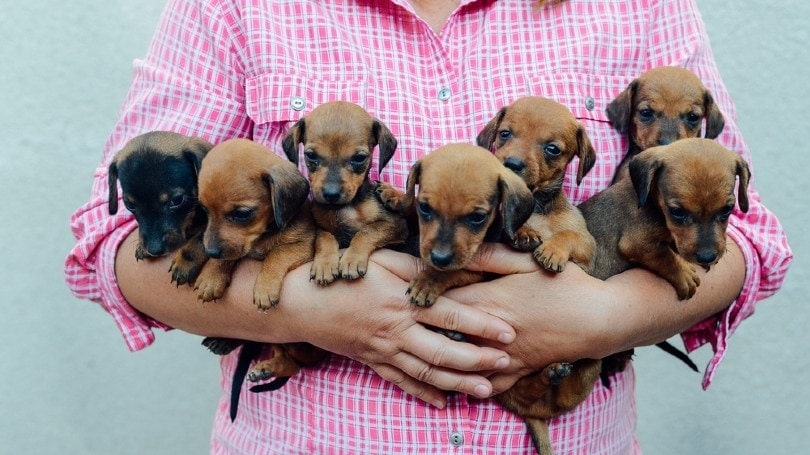
How About Linebreeding?
Linebreeding is another form of inbreeding. It involves breeding dogs that share the same bloodline, such as grandfather with granddaughter or uncle with niece.
Technically, this is still a form of inbreeding, but the relatives don’t tend to be as directly related. This practice can also be harmful for the dogs in question and their future offspring.
Why Do Dog Breeders Use Inbreeding?
It’s all about the breed standard. Breeders look to breed their dogs to have the best qualities and breed standards. If a breeder has a dog that is a perfect example of that breed, they will want to encourage that perfection by breeding that dog with another that shares the same qualities. And this is usually found within a close relative.
It’s even more of a bonus if they can breed champions found within the bloodlines as the more champions kept within the same bloodline, the better the pedigree for upcoming litters.
This kind of breeding can also allow the breeder to “breed in” the “good” qualities and “breed out” the “bad.”
These “perfect” dogs can potentially do well in the show ring, and their pedigree can increase the value of their litter. When advertising their puppies, the number of champions found within their bloodline will increase the price, regardless of their health and conformity.
However, the “good” and the “bad” qualities are not always easy to identify, and the so-called good traits often focus on exterior and looks while compromising on the actual health, causing slow but certain extreme changes within the breed that impact the health and welfare of these animals.
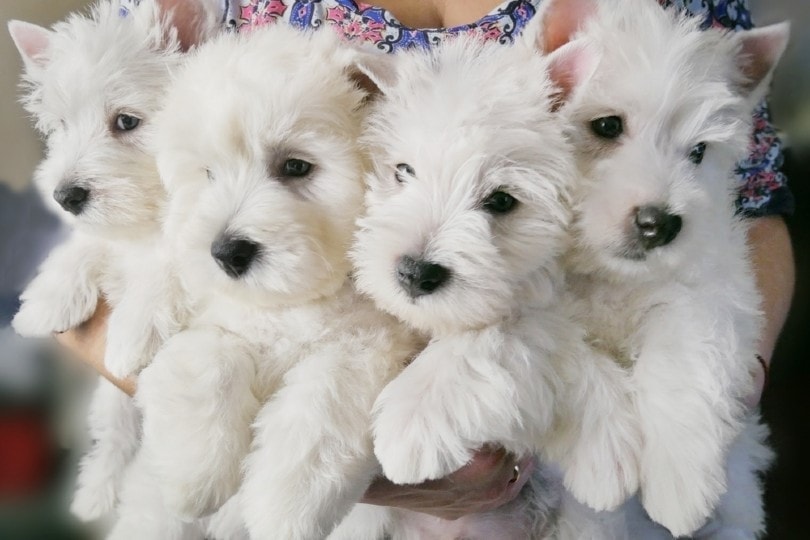
What Does the Coefficient of Inbreeding Mean?
We can’t discuss inbreeding or linebreeding without having a look at the coefficient of inbreeding (COI). Yep, science. But having a basic understanding of this concept is a necessary evil, particularly if you’re interested in purebred dogs.
It’s essentially a term that is used to describe how closely related two relatives are. So, the higher the coefficient of inbreeding (COI) is, the closer the relationship, and conversely, the lower the COI, the more distant the relationship. So, for example, the closer relationship between mother and son is 25% COI, and the more distant relationship between two first cousins is 6.25% COI. But this would mean there was no other common ancestor between the dogs in question; otherwise, the numbers will be higher than these estimates.
- Mother/son: 25%
- Brother/sister: 25%
- Father/daughter: 25%
- Grandparent/grandchild: 12.5%
- Half-brother/half-sister: 12.5%
- Great-grandparent/great-grandchild: 6.25%
- First cousin/first cousin: 6.25%
These percentages estimate how close the relationship is between the dogs being bred and consequently the likelihood of adverse health effects and welfare issues. It’s known that the higher the COI, the higher the chance that the puppies will develop inherited disorders.
The 5 Consequences of Inbreeding
There are a number of reasons why inbreeding/linebreeding can have serious consequences for our dogs. One of the worst aspects of inbreeding is that it can sometimes take a number of generations before the detrimental aspects of inbreeding actually show up. You might end up with litters with a higher than usual proportion of stillbirth or weak puppies or dogs suffering with various diseases, which may or may not be a product of inbreeding, but commonly are.
1. Small Gene Pool
When it comes to purebred dogs, the gene pool is getting smaller. A purebred dog is registered as purebred if both the dam and sire are also purebred, which keeps going back until the founding breed.
Another aspect of the purebred registry is that not only are the gene pools small, but they are also usually closed. A closed gene pool occurs when purebred dogs are only allowed to breed with existing breeds without the introduction of new blood and genetic material from much healthier breeds.
Small gene pool means that some recessive genes may become more present than they usually would, getting passed and expressed through generations with certain traits becoming common and more profound, especially when it comes to exterior appearance. This can have many detrimental effects on the health of these animals and their offspring, as the inbreeding continues.

2. Inbreeding Depression
“Inbreeding depression” is a general term that encompasses many conditions that become more common as the inbreeding continues, causing lower fertility, higher puppy mortality rates, and the offspring becoming less robust and lacking vitality. It can reduce litter size, increase the likelihood of health problems, and the dogs might develop undesirable traits.
3. Conformational Issues
With inbreeding focusing on extreme individual characteristics and “desirable” looks, we have gotten dogs like the Bulldog. Because of their pushed-in and abnormally short noses, they commonly suffer from breathing difficulties (Brachycephalic Airway Syndrome) that significantly impact their welfare and quality of life and are often fatal.
Other severe health issues occur, such as excessive skin folds prone to infections, large, bulgy eyes prone to dry eye and corneal ulcers, dental issues due to malocclusion, spinal issues, digestive problems, overheating, inability to exercise, and many more. All of these reduce the dog’s lifespan and often leads to them suffering, while also incurring high costs to the owners of such breeds.

4. Inheritable and Genetic Disorders
There are a large number of breeds that tend to suffer from the same health issues. Some professionals believe this all stems from before the dog breeds were actually formed, but researchers are still investigating all the links, causes, and complex ways of gene inheritance and how inbreeding has impacted it over the years. For example, the Golden Retriever is prone to hip and elbow dysplasia, the Cavalier King Charles is predisposed to heart disease, and glaucoma is associated with the Akita and Cocker Spaniels.
Breeding dogs with existing health issues contributes to the high risk and likelihood of these diseases exhibiting in the puppies or next generations. That’s why health screening while breeding animals is essential—to ensure they are not carriers of genes associated with these conditions or affected by them.
The Hereditary Disease Committee of the WSAVA estimates that there are 900 hereditary diseases and 200 genetic predispositions in dogs and cats, and this has a big impact on dog breed health, as well as individual dogs and overall dog population.
5. Shorter Lifespans
Yet another potential consequence of inbreeding that is currently still being investigated and followed with interest may be that purebred dogs end up having shorter lifespans. The shorter lifespans may result from the aforementioned genetic and hereditary illnesses that are passed through the generations but could also be because they may have weakened immune systems, poor conformation in some cases, or reduced viability as puppies.
More studies are needed to look into this connection, but one recent paper suggested that mixed breed dogs may live 1.2 years longer than purebred ones of same sizes, and that recent inbreeding may have a greater effect than the historic one.

Conclusion
Hopefully, this article has given you a little knowledge of some of the inherent problems with inbreeding dogs. A certain amount of inbreeding has been performed since dogs have been domesticated with the intention of preserving some of the unique characteristics and forming certain breeds of dogs, but there are clearly issues around it, particularly in recent years. Using a Coefficient of Inbreeding calculator before breeding dogs is one way to determine if a particular mating will involve dogs that shared a common ancestor, increasing health risks for the offspring and future generations.
Disease and health problems, various inherited traits and genetic disorders, shorter lifespans, extreme conformation, and more are some of the issues that may go hand in hand with inbreeding and extreme breeding of particular breeds. Scientists are still investigating exact links between them in order to improve the health and welfare of so many dog breeds that are badly affected, such as the brachycephalics.
Exterior looks should never take precedence over health and welfare. In the long run, isn’t a healthy and fit dog with a fantastic temperament always more attractive than a popular-looking dog with severe health problems?
See Also:
Featured Image Credit: Brook Robinson, Shutterstock






